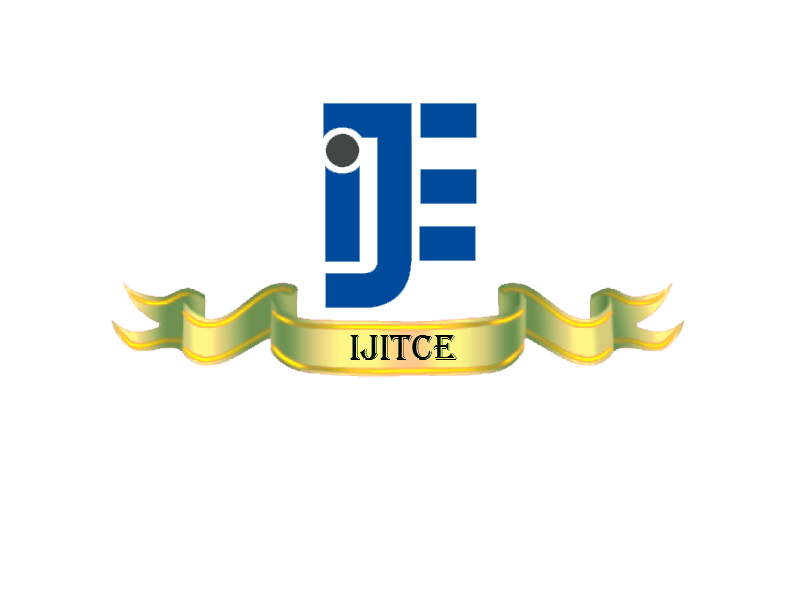October 2011 Issue Vol.1 No.10
Location Privacy Using User Anonymity And Dummy Locations
Kusum Gupta, Ajay Singh Yadav and Shashank YadavAssistant Professor, Deptt of Information Technology SRM UNIVERSITY,NCR CAMPUS,MODINAGAR,GHAZIABAD(U.P)
shashank.it43@gmail.com
Abstract: Abstract-This paper concentrates on location privacy, a particular type of information privacy that can be defined as the ability to prevent others from learning one’s current or past location. Here we are proposing a new technique that uses user anonymity and dummy locations for location privacy while using location aware application server. User communicates with the server through a trusted proxy server. It sends dummy locations to the application server with its original position. The user uses temporary pseudonyms that are changed frequently according to some algorithm. Whenever pseudonyms are changed by a user, dummy locations are chosen in a tricky fashion. That makes the task of tracing the user very difficult.
Keywords: Location privacy, pseudonym, de-anonymize, dummy-Locations, location anonymity, trusted proxy.
Performance of Mortar Incorporating RHA Under Elevated Temperature
Muhammad Harunur Rashid, Md. Keramat Ali Molla, Tarif Uddin Ahmed,1 Muhammad Harunur Rashid, PhD Student, Department of Civil Engineering, Khulna University of Engineering & Technology, Khulna, Bangladesh
hafin02@gmail.com
2 Md. Keramat Ali Molla. Professor, Department of Civil Engineering, Khulna University of Engineering & Technology, Khulna, Bangladesh.
3 Tarif Uddin Ahmed. Professor, Department of Civil Engineering, Rajshahi University of Engineering & Technology, Rajshahi, Bangladesh.
Abstract: Mortar is one of the important components of concrete. At the time of fire in structure, the mortar faces the major problem and finally becomes debonded or spalled. At the time of fire different techniques were applied to control it. Applying of water jet is one of the techniques. The performance of mortar subjected to high temperature was examined in this work. Six series of cubical 5cm × 5cm × 5cm mortar specimens were cast from OPC with partial replacement (10, 15, 20, 25 & 30%) of OPC by Rice Husk Ash (RHA). ASTM graded sand was used as fine aggregate. After 90 days curing in laboratory condition these specimens were heated in electric furnace to 200, 300, 400, 500 and 700 oC for 30 minutes. After burning the specimens were removed from the furnace and kept in normal environment and quenched with water for 10 seconds and then kept in ambient temperature to loose the heat. After one day from heating samples were then tested. In this work it was observed that the strength was higher than the controlled sample up to 20% replacement levels under elevated temperature. Keywords: Fuzzy expert system, fuzzy logic, fuzzy rules, back pain diagnosis
